Speculative design can be described as a creative and forward-thinking design approach that explores alternative futures and challenges assumptions. It aims to provoke critical thinking by envisioning innovative scenarios and concepts that may or may not come to fruition. The term, initially introduced by Anthony Dunne and Fiona Raby, is gaining popularity in the world of design, science, and art.
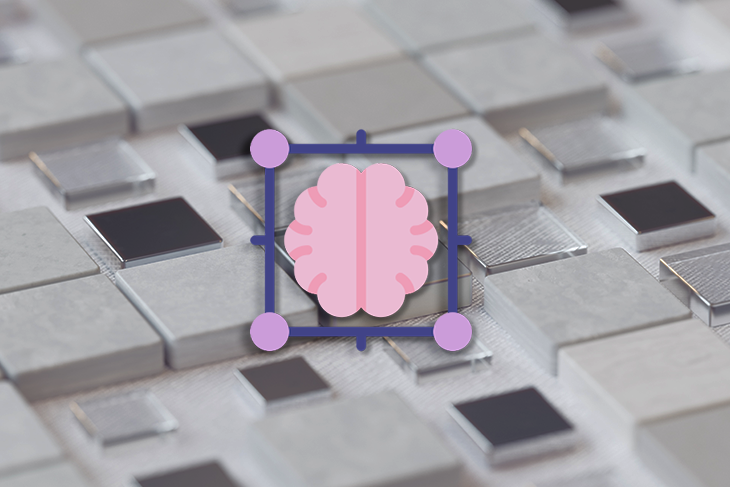
It derives from a line of different directions — critical design, design fiction, world-building, radical design, interrogative design, etc. All these disciplines can be united in an attempt to take a look beyond the current state of things and focus on modeling preferable realities. And speculative design is interested specifically in future consequences and implications of the relationship between science, technology, and humans.
Speculative design perspective can be used by companies and designers from other fields as a critical thinking tool to examine problems from a different viewpoint and switch from tactical thinking to a strategic mindset.
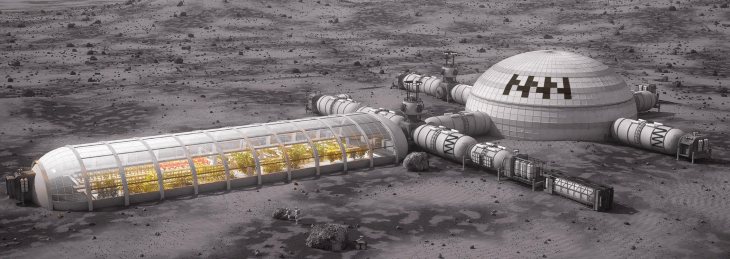
Instead of reacting to current challenges and solving immediate problems, speculative design explores the possibilities of the future and attempts to identify new potential problems. It exists apart from industrial production and marketplaces and doesn’t intend to provide comprehensive solutions. Being a conceptual direction of design, speculative design is about ideas and searching for ideals, reflecting on how things might be.
We can define three main goals that speculative design pursues like this:
The mission of speculative design is to enact change for a preferable future rather than conforming to the status quo.
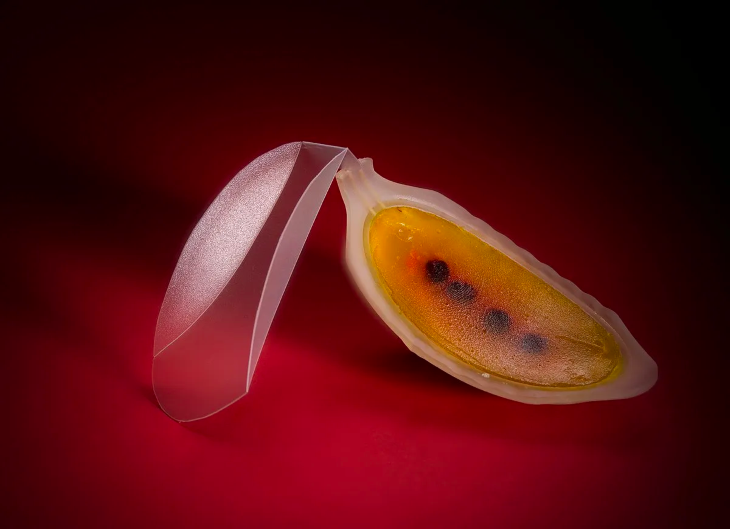
How do we define a preferable future? Futurologist Stuart Candy has created a diagram of different levels of future likelihood:
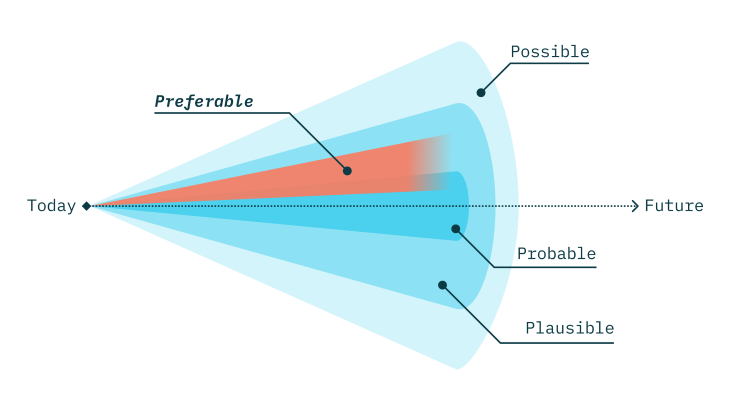
Stuart Candy’s cone diagram illustrates various levels of future likelihood, depicting Probable, Plausible, and Possible futures that include and expand each other, and a Preferable future that lies on the intersection of the Probable and Plausible sections.
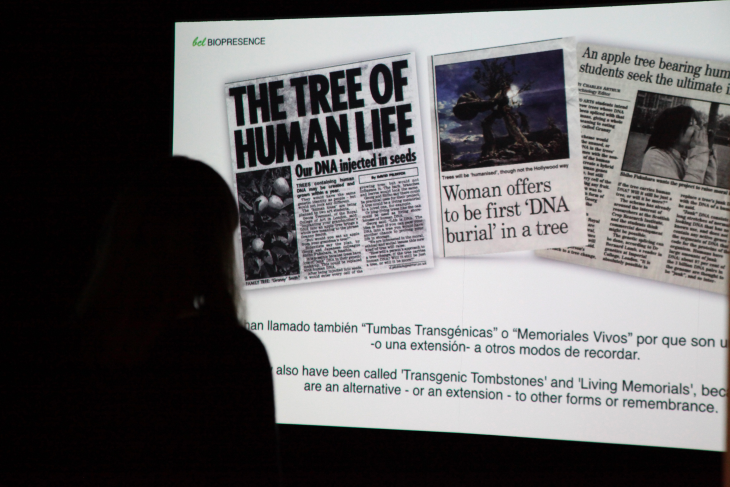
Speculative design is more an attitude or a position that a designer takes on than a methodology. Instead of aiming for solutions that should be practical and efficient in the commercial world, speculative design strives to be imaginative and critical to find a new perspective. The concepts are often built in an idealistic or exaggerated and satirical way to convey the idea and spur debates.
Johannessen et al. divide the process into three stages:
Finding the topic is a crucial step. There are two ways to define a field to address:
You can also diversify your perspective and collaborate with experts from various fields, such as science, sociology, economics, and psychology. Their insights can enrich the process by providing different lenses through which to view alternative futures.
Here, we consider how the topic we’ve chosen develops in the future. You can use the whole design toolkit and adapt whichever method is suitable — brainstorming and ideation sessions, personas and user journeys, story mapping and in-depth interviews, etc. Other ways to explore the topic include:
The last step is to materialize the scenario into narratives, objects, or a combination of both. The object can be as simple as possible as long as it has a sufficient level of detail and functionality to convey the idea.
The goal is to emotionally, psychologically, and intellectually involve the audience. Unlike traditional design, which aims for clarity, speculative critical design raises questions without imposing answers.
Even though a designer may not have the final word when deciding on global priorities, they can make a strong contribution. Speculative design can provoke change by building narratives and exploring the potential or consequences of ideas or technologies.
So, what can product designers learn from speculative design?
Speculative design encourages us to push the boundaries of creativity by moving away from conventional assumptions and safe thinking. This shift of perspective and constant wondering of “what if” can refresh the design process. However, don’t forget to consider your users.
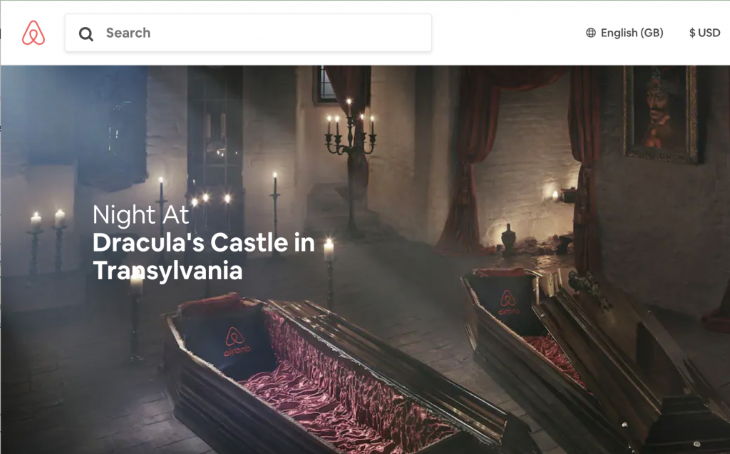
For example: in very simple words, Airbnb provides you with options on where to stay. In 2019, they took it to the next level by providing the opportunity to spend a night in various iconic places and transforming them into homes — the Louvre, Maracanã Stadium, Abbey Road Studios, and many others. Airbnb imagined a service where tourists can not only visit their destinations but live in them for a time.
Speculative design places a strong emphasis on ethical considerations and global impact. It prompts thinking beyond the immediate functionality or aesthetics of a product and instead considering its broader societal, environmental, and ethical implications.
An example here is that Google Maps defaults to promoting eco-friendly routes by suggesting and highlighting the lower carbon footprint option. It encourages users to make environmentally responsible choices, contributing to global sustainability efforts:
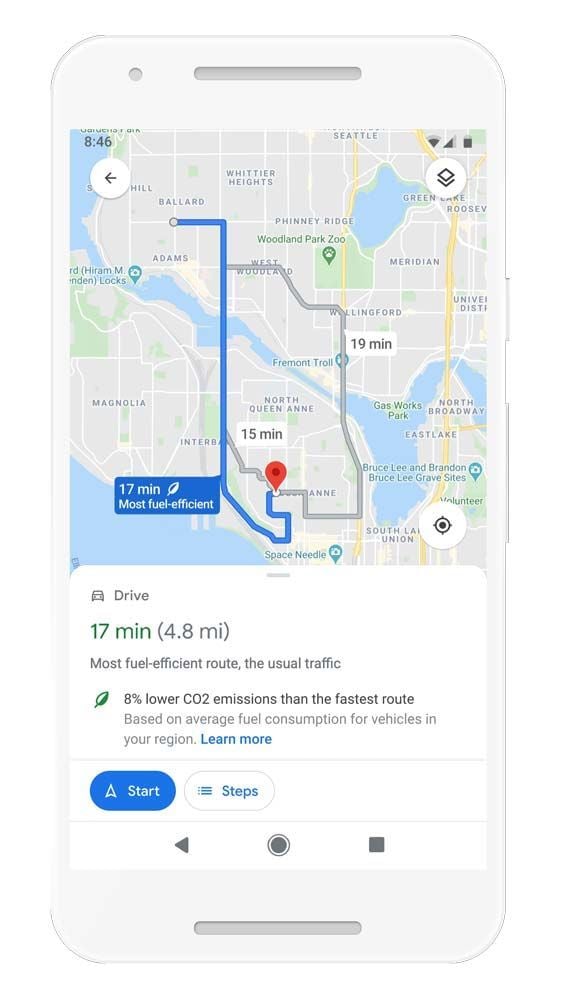
Speculative design encourages product designers to transition from a purely tactical approach to a more strategic one. Anticipation of future trends, challenges, and opportunities instead of solely focusing on solving immediate design challenges can help to design products that are not only relevant today but also adaptable and resilient in the face of future changes.
Spotify reimagined its design system — it introduced Encore, a new approach to design systems. The main goal of it is to be prepared for all the existing interfaces and those which are only yet to come.
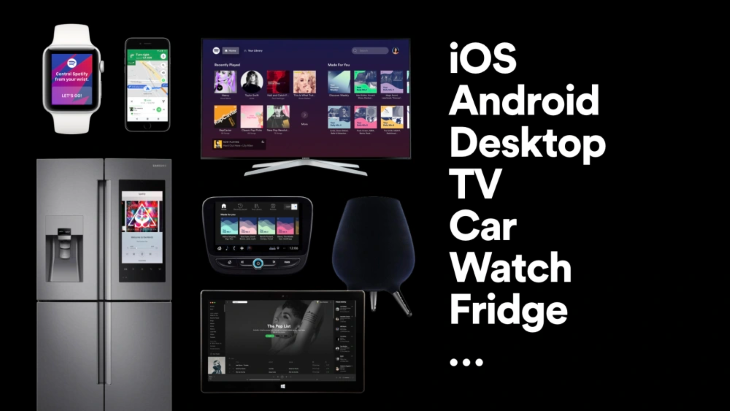
You can see how speculative design goes beyond the functional aspects of a product and considers the emotional and experiential aspects, enhancing user engagement and understanding. The use of storytelling, scenarios, and narratives to create a wider context is a powerful tool for communicating ideas and creating immersive experiences for users.
Loóna uses speculative design through storytelling. Loóna helps you to get into the right mood to sleep. It creates an immersive artistic world with a brilliant narrative.

Take a look at other disciplines around to harness the collective intelligence of experts from various domains; it might be a fruitful collaboration. Specialists from different areas often have their own approaches or can share some insights that are hard to get otherwise.
Khan Academy is an educational platform that relies on a collaborative approach involving educators, UX designers, content creators, and engineers to create engaging, effective, and user-friendly educational experiences.
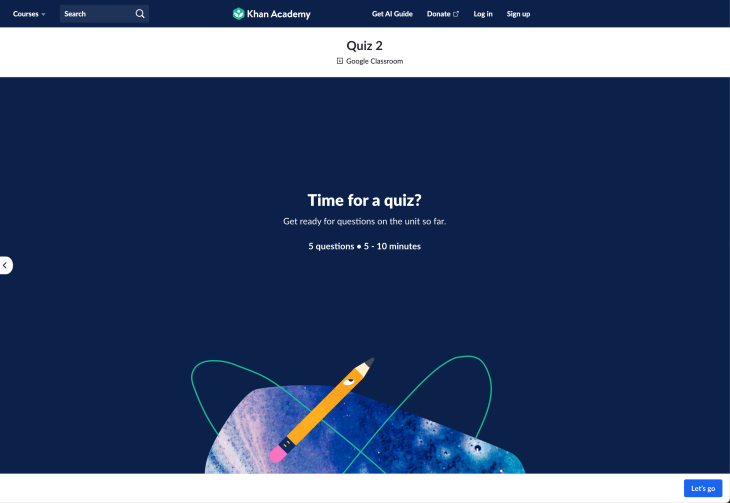
Speculative design is not exactly a design we are used to — it doesn’t focus on actual problem solving. Instead, it aims to contribute to social transformation in an attempt to find a preferable development of society. It contributes alternative ways of thinking and that is something we can learn from it — an additional perspective that can be useful for designers or companies to plan for the future, ideate, and communicate their ideas.
Header image source: IconScout
LogRocket's Galileo AI watches sessions and understands user feedback for you, automating the most time-intensive parts of your job and giving you more time to focus on great design.
See how design choices, interactions, and issues affect your users — get a demo of LogRocket today.

Discover how to craft UX-friendly hero sections with examples, design tips, and strategies that drive engagement and conversion.
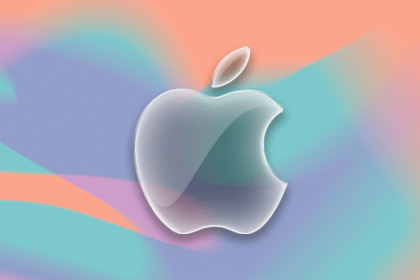
While Apple’s Liquid Glass can’t yet be perfectly recreated with CSS or Figma, we can still think about how to adopt the effect thoughtfully in our designs.
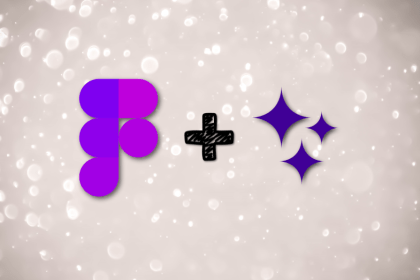
Figma Make is here to automate your design-to-code workflow. I tested it. Let’s talk about the good, the bad, and the straight-up weird.
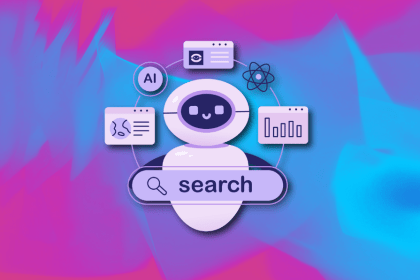
After designing AI search systems, I’ve seen what builds trust — and what kills it. Here’s my take on what really works.